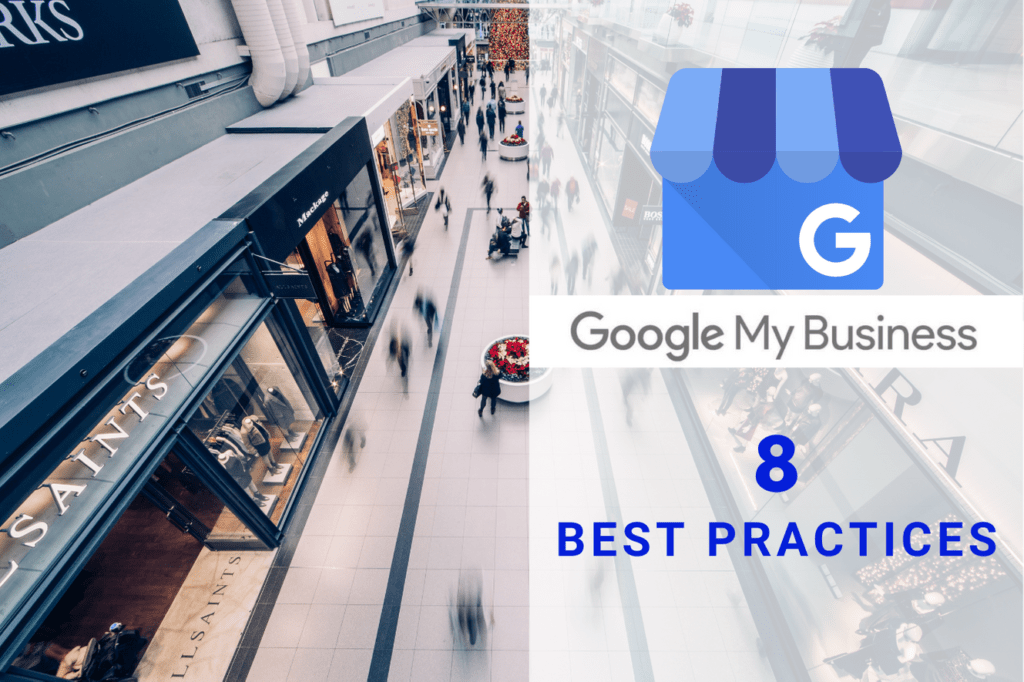We hoped it wouldn’t get there but here it is : the second wave of Coronavirus has put lockdown back on the table in Europe.
The measures taken vary from from countries and regions, however frequently updating your listings online stays a necessity. Here are eight Best Practices on Google My Business to guarantee your customers have your latest informations.
- In which cases should you leave your establishment open ?
- Change the opening status of your establishment
- Check for duplicates
- Publish Google Posts
- Fill in your attributes
- Use the google “services” feature
- Add your secondary schedules (additional hours)
- Indicate your online purchase options
1. In which cases should you leave your establishment open ?
> If you can still be reached by phone
Leave the status of your store as “open” and don’t forget to publish a Google post at the same time to inform users about the maintenance of phone lines.
> If maintaining a delivery or collection activity like “drive” or “pick-up”
Also publish a Google post and add attributes (available drive, delivery, take-out) to inform customers that these options are available at your location. Since many owners of Google My Business listings do not update their informations, this will reassure your customers that the place is indeed open for business.
![[Lockdown] The 8 Best Practices on Google My Business 1 attributs ouverture google my business-png](https://mobilosoft.com/wp-content/uploads/2021/03/attributs-ouverture-google-my-business-png.png)
2. Change the opening status of your establishment
> If your establishment is not part of the “essential” businesses
Activate the “temporarily closed” status, a feature that is available as a result of the outbreak.
To do this, go to your Google My Business account, in the “info” section, click on “mark as temporarily closed”, this will add this “temporarily closed” banner. Be careful not to close your establishment permanently because Google will strongly penalise your SEO.
![[Lockdown] The 8 Best Practices on Google My Business 2 Close Google My business png](https://mobilosoft.com/wp-content/uploads/2021/03/Close-Google-My-business-png.png)
> If your establishment is incorrectly indicated by Google’s robots as “temporarily closed”
In this case, you have to do the opposite : go to your Google My Business account and deselect the feature “marked as temporarily closed”.
This type of task is very time consuming, as it is mandatory to do it form by form, do not hesitate to contact us so that we can help you.
3. Check for duplicates
It’s during this kind of period that duplicates of your listing will be more apparent. Generally, even though duplicates have a negative impact on SEO, they don’t come up often in users’ searches.
However, when you indicate that your store is closed, it will give more visibility to duplicates in searches such as “open store” and thus negatively impact the customer experience. This is an opportunity to remove these duplicates.
This action will improve your SEO in the long run. Again, please do not hesitate to contact us so that we can help you with this.
4. Publish Google Posts
Posts allow you to inform users of the measures and conditions taken in your establishments, and more generally, to inform them of the news of each store.
We recommend that you use “events” posts and not “covid-19” posts because the “events” post allow to add a visual while the “covid-19” post don’t.
![[Lockdown] The 8 Best Practices on Google My Business 3 Google My business attributes create new Post png](https://mobilosoft.com/wp-content/uploads/2021/03/Google-My-business-attributes-create-new-Post-png.png)
Objectives: communicate as much as possible with Internet users about the impact that the lockdown will have on the location’s activities.
Google Posts make it possible to communicate on a punctual event or on local news such as:
– The temporary closure due to the pandemic
– The reopening of a point of sale at the end of this period of lockdown.
– The services that are still available, such as in-store delivery or pick-up
– Health prevention measures
5. Fill in your attributes
This makes it possible to evaluate what is available and what is not available in your establishment, both in terms of logistics (drive or delivery for example) and sanitary measures (“taking of temperature” or “compulsory mask” for example).
![[Lockdown] The 8 Best Practices on Google My Business 4 Paramétrer attributs sur Google My Business 2-png-png](https://mobilosoft.com/wp-content/uploads/2021/03/Paramétrer-attributs-sur-Google-My-Business-2-png-png.png)
6. Use the google “services” feature
Use the google “services” feature to highlight the services that will always be available in your locations.
![[Lockdown] The 8 Best Practices on Google My Business 5 Paramétrer services sur Google My Business-png](https://mobilosoft.com/wp-content/uploads/2021/03/Paramétrer-services-sur-Google-My-Business-png.png)
7. Add your secondary schedules (additional hours)
The “additional hours” make it possible to differentiate the timetables of each of the services offered, such as drive-through or pick-up.
![[Lockdown] The 8 Best Practices on Google My Business 6 Google My business attributes additionnal hours](https://mobilosoft.com/wp-content/uploads/2021/03/Google-My-business-attributes-additionnal-hours.png)
8. Indicate your online purchase options
In case it would still be possible to buy your products online, redirect your in-store traffic to your e-commerce site by publishing your flagship products on your listing.
![[Lockdown] The 8 Best Practices on Google My Business 7 Link to e-commerce](https://mobilosoft.com/wp-content/uploads/2021/03/Link-to-e-commerce.png)




